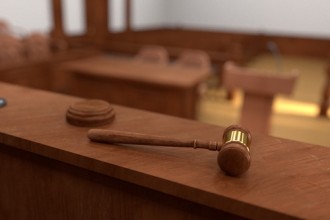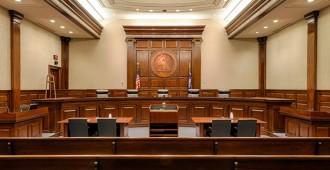
February 9, 2017
USPTO Errs in Failing to Carry Burden to Support Rejection
Failure of the U.S. Patent & Trademark Office (USPTO) to respond to patentee arguments in more than a conclusory manner constitutes reversible error. Where one party has the burden to establish a particular fact, the Federal Circuit will reverse a victory to that party if the burden is not met.
Here, the USPTO failed to establish a prima facie case obviousness by failing to respond to patentee’s arguments regarding nonanalogous art. The USPTO relied on a conclusory assertion that the cited references were in analogous arts. Because the USPTO has the initial burden of establishing prima facie obviousness, the Court of Appeals for the Federal Circuit reversed the USPTO and held that the burden was not met.
One of the patent’s licensees challenged the patent in ex parte re-examination as obvious over PL 164018 (which discloses antifreeze containing sugar beet molasses and alcohol) and US 5,639,319 (which discloses molasses/alcohol in a different ration than in PL 164018, for use as bulk weight loaded into a truck tire to improve driving on slick surfaces). The patentee responded that antifreeze and tire ballast are not analogous technological fields, and therefore it was not obvious to combine such disparate references. The USPTO’s Patent Trial & Appeal Board (PTAB) never properly addressed this argument, simply offering a conclusory assertion that antifreeze and tire ballast are analogous arts because they both concern things that one does to a truck in winter. Because the PTAB has the initial burden of establishing prima facie obviousness, the Court of Appeals for the Federal Circuit reversed the PTAB and held that prima facie obviousness was not established in the first instance.
Takeaway: Arguments about who has the burden of establishing a given point in litigation can be a conceptually simple PTAB error to attack on appeal.
Citation: In re Natural Alternatives LLC, No. 15-1911 (Fed. Cir. Aug. 31, 2016).





































